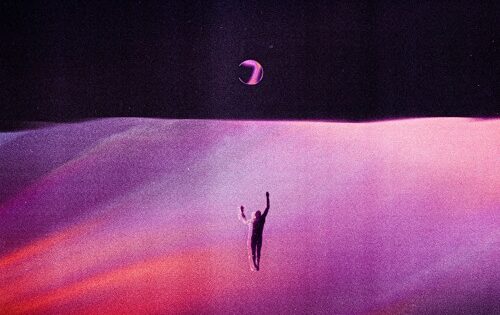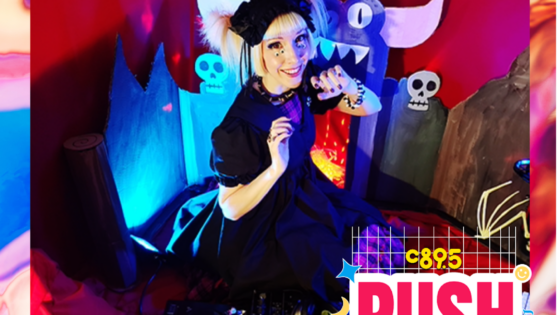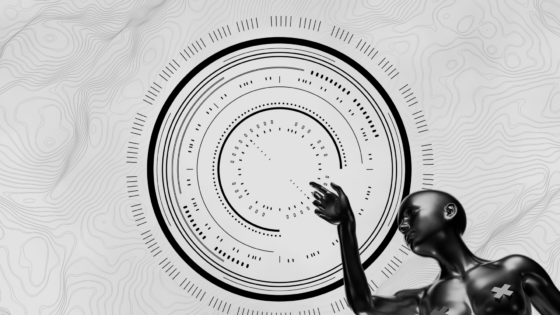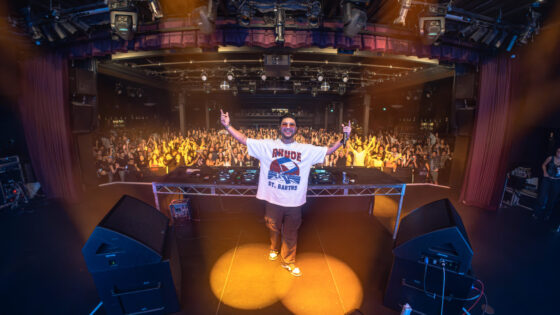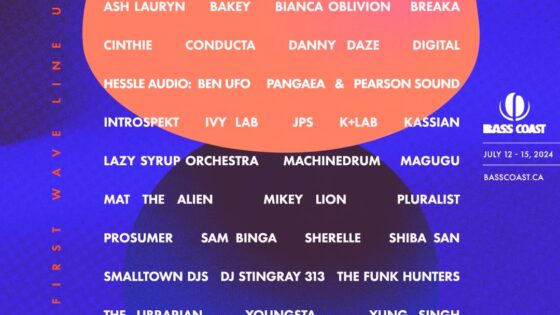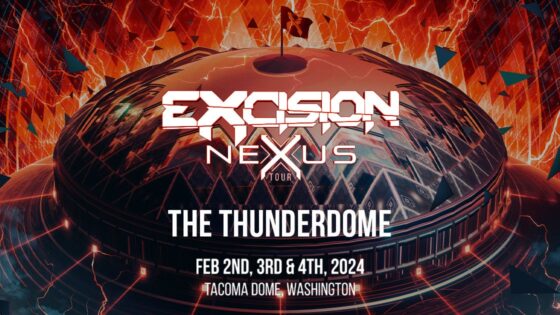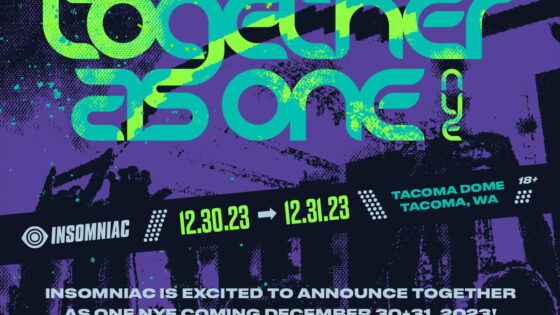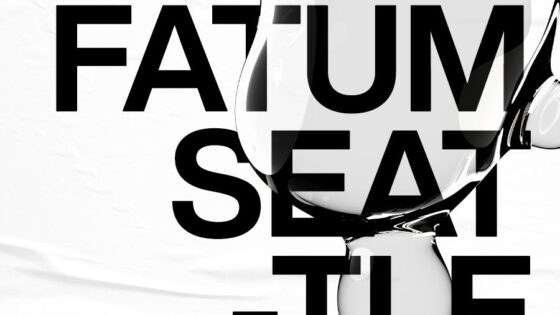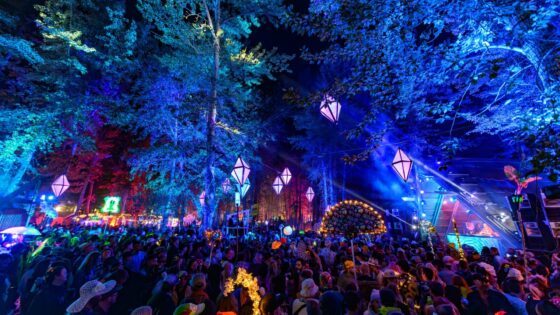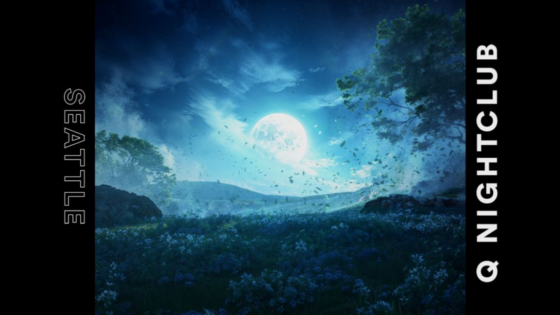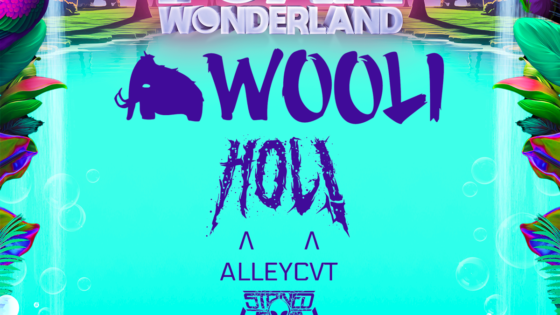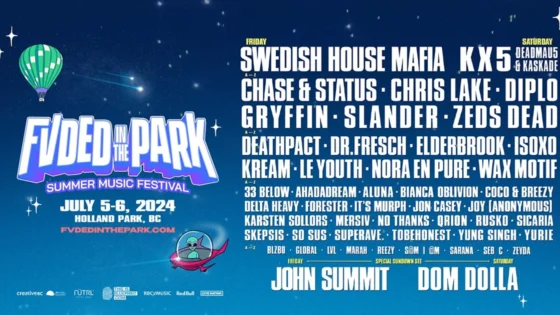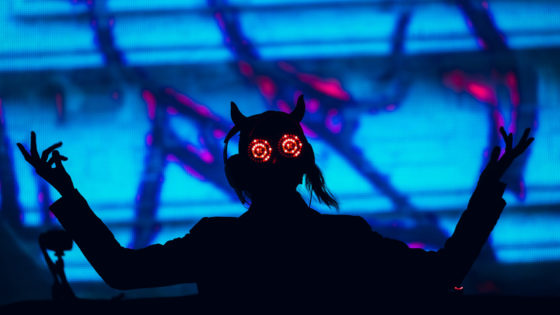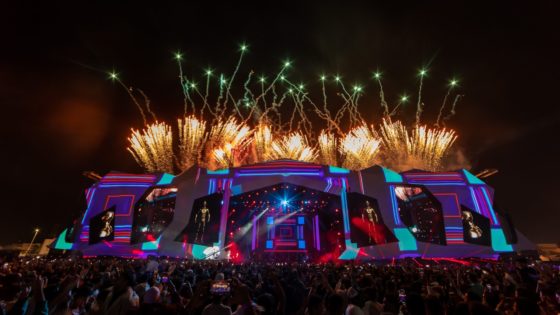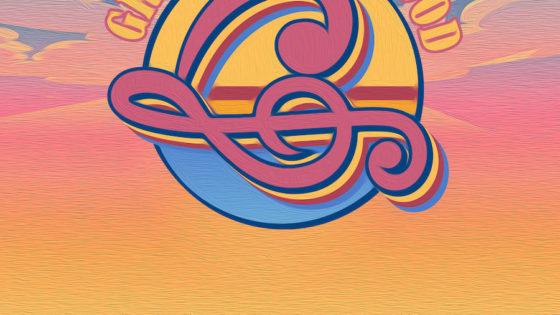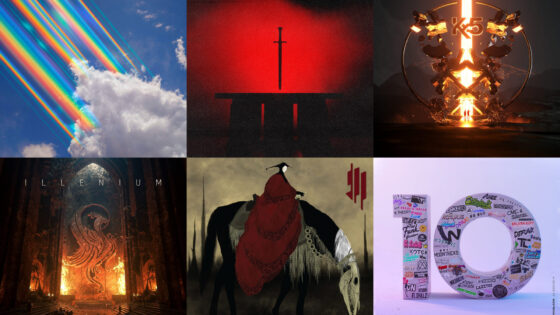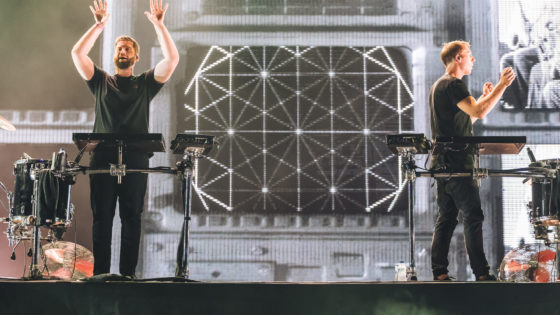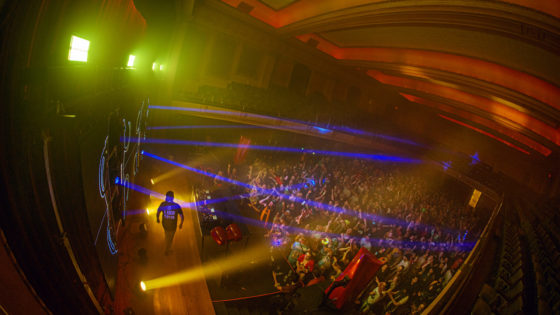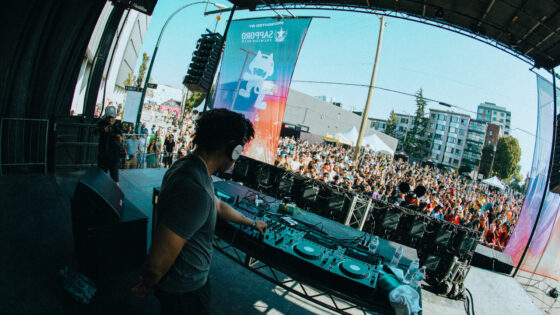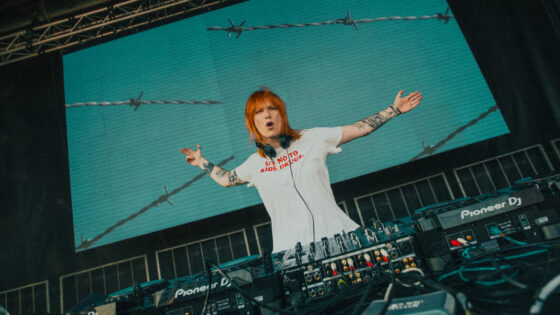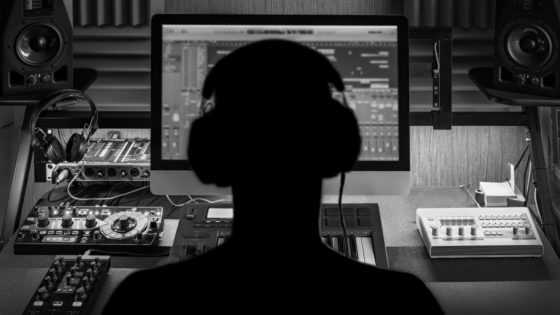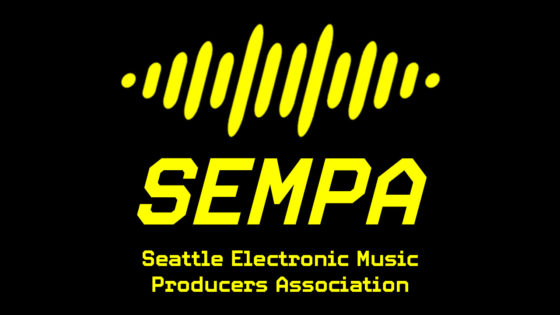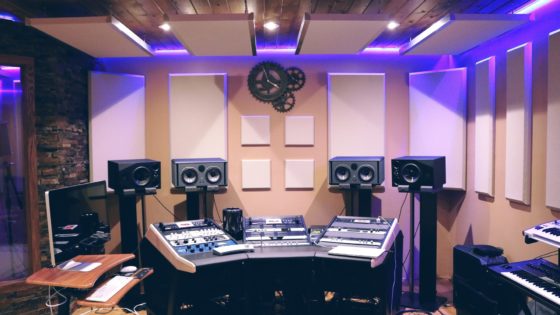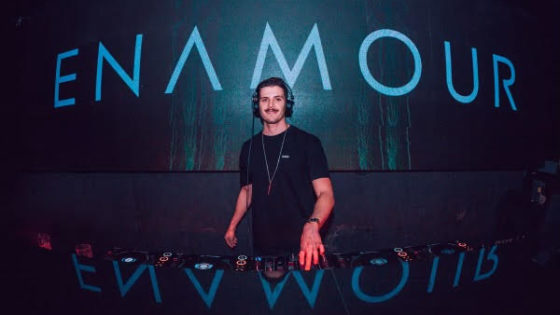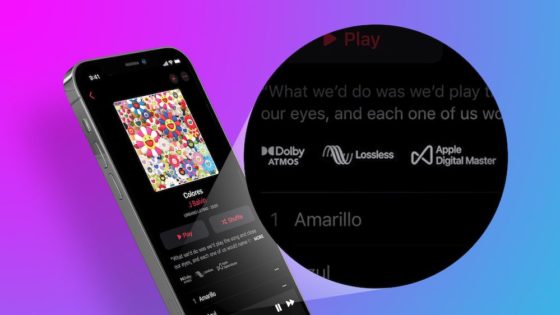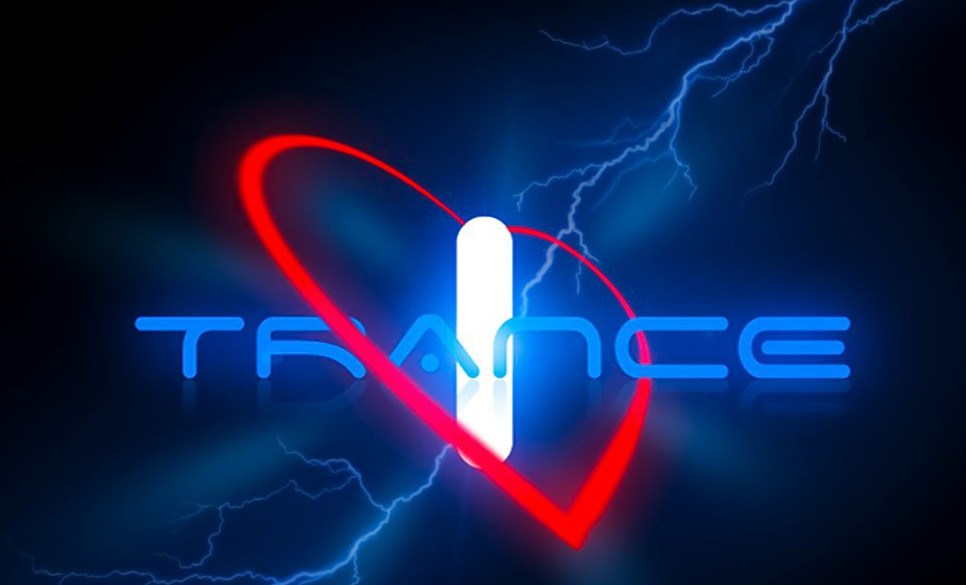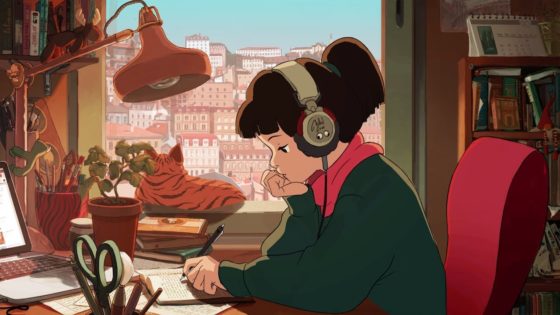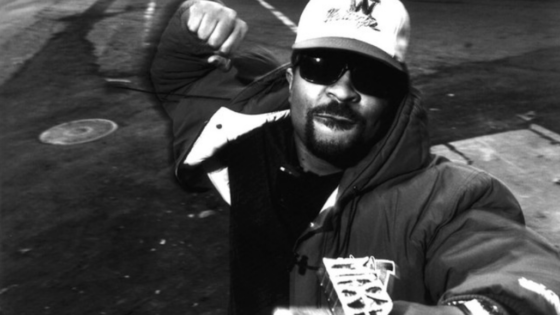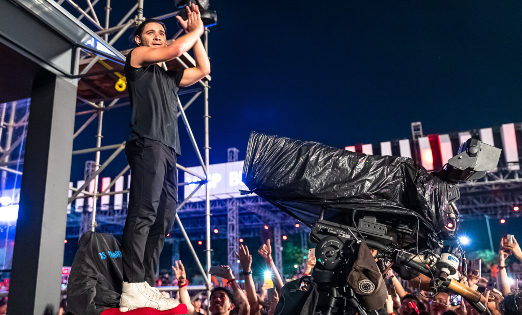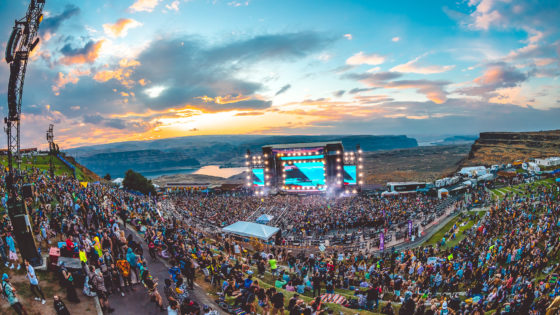[divider]The Technical Bits[/divider]
Trance music is characterized by 4/4 beats (you can easily count 1,2,3,4 with the beat – like most dance music) in the 125-160 Beats Per Minute (BPM) range. That means it is generally faster than house and slower than drum and bass & hardstyle. The heavy use of synthesizers to produce melody-driven tracks makes it distinct from house music, which is more percussively focused. It is also separate from techno as the sounds are generally less intense and repetitive. One common synthesizer sound found throughout several subgenres of trance is the supersaw waveform, which was popularized by the Roland JP-8000.
The structure of trance is usually as follows: piece-by-piece introduction of rhythm section, introduction of melody, ramp up to a peak of melody, a soft mid-song breakdown where everything but the melody and atmospherics are taken away, and another build and drop, into the “full force” of the track. Sometimes the drop is repeated, or, as is common with the more progressive styles, the drop can be absent or subtle. Angelic-like vocals, either male or female, are a common presence in trance.
Producers in the genre also frequently use “pads”, which are a subclass of synthesizer sounds that refer to the atmospheric noises that generally create the ambiance for the track. It’s usually the mid-song breakdown that really showcases the pads. You also have the frequent usage of the synthesizer’s arpeggiator, both on pads and other synthesized sounds. The arpeggiator feature lets the the synthesizer player hold a key on the device and have the resulting sound be the various notes that makeup the chord of the key they press (e.g, if you played an A, it would play all the notes of an A chord) The video below gives you a good example of a trance pad, both normal and using the arpeggiator.
A wide variety of effects (distortion, phasing, chorus, compression, etc.) are used to give trance its hallmark sound. But, the general idea is that trance music aims to make the listener feel euphoric with the uplifting and related styles. It generally is very energized and pumped up, especially when referring to tech and hard trance. We’ll take a look further into how this sound developed as we get into the history of trance.
[button color=”white” size=”normal” alignment=”none” rel=”follow” openin=”samewindow” url=”https://www.dancemusicnw.com/trance-get-to-know-a-genre/”]Back to Mainpage[/button]
Important things happen in Pacific Northwest nightlife, and DMNW will send you alerts!


